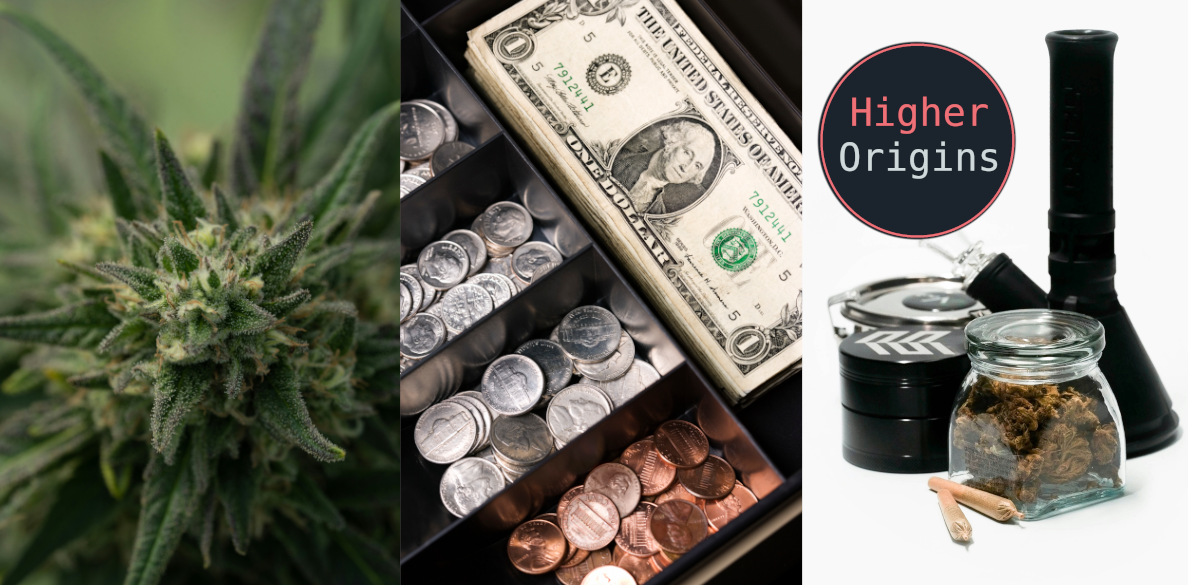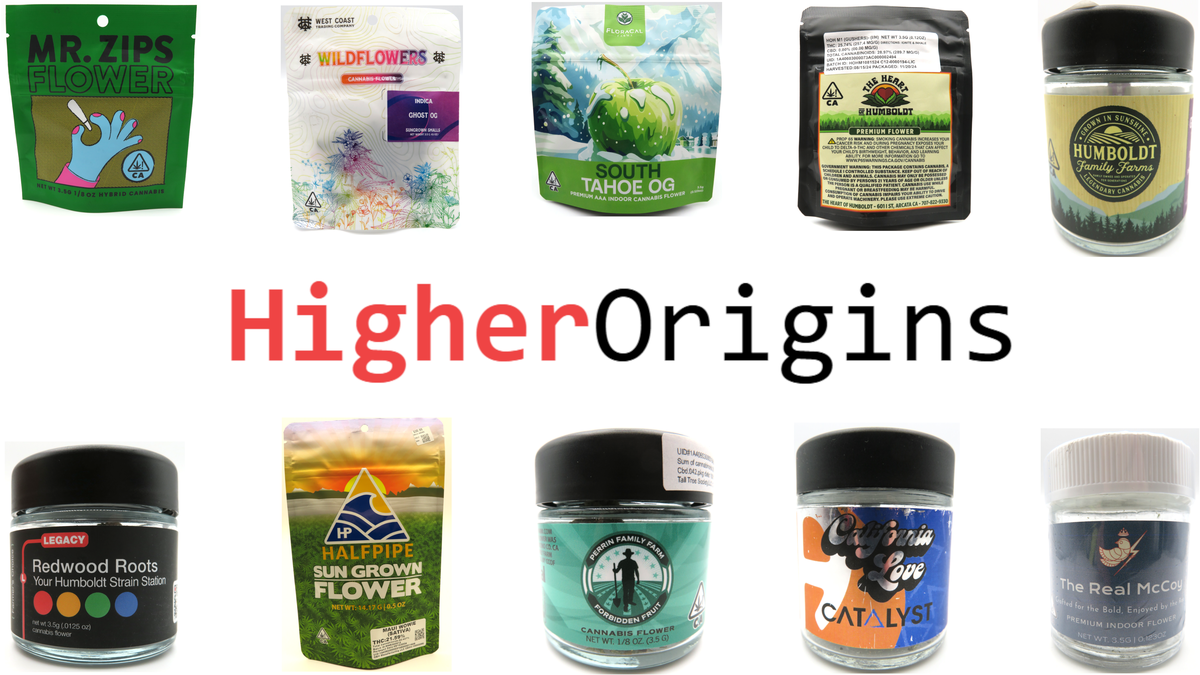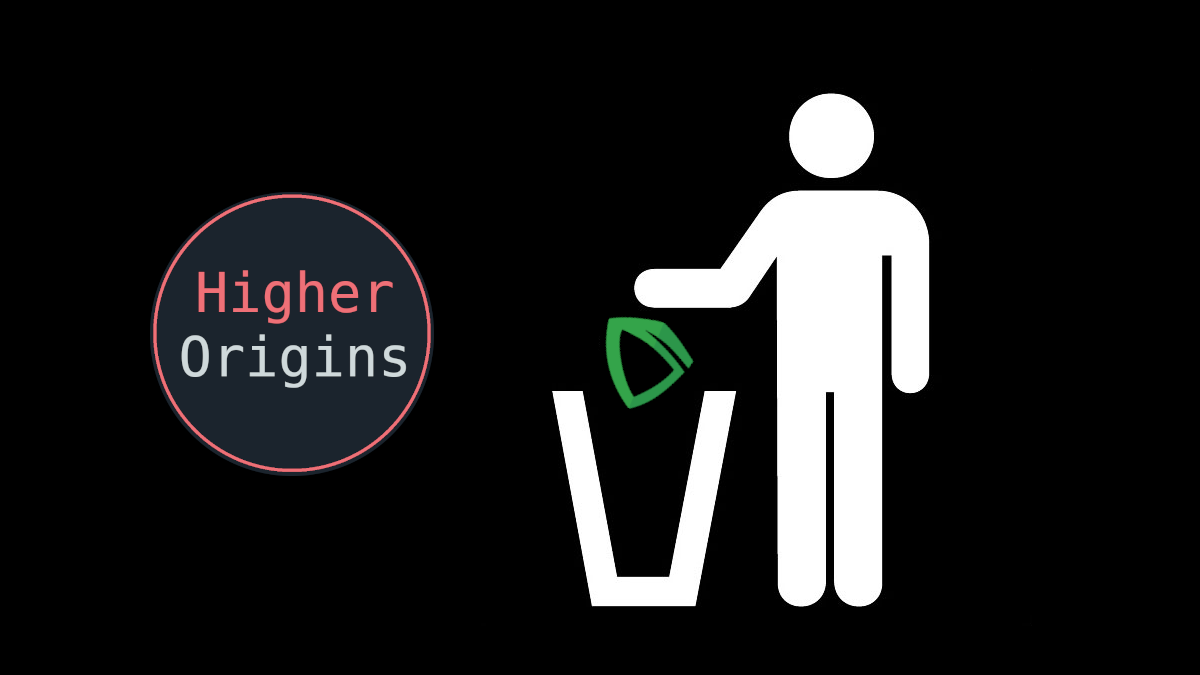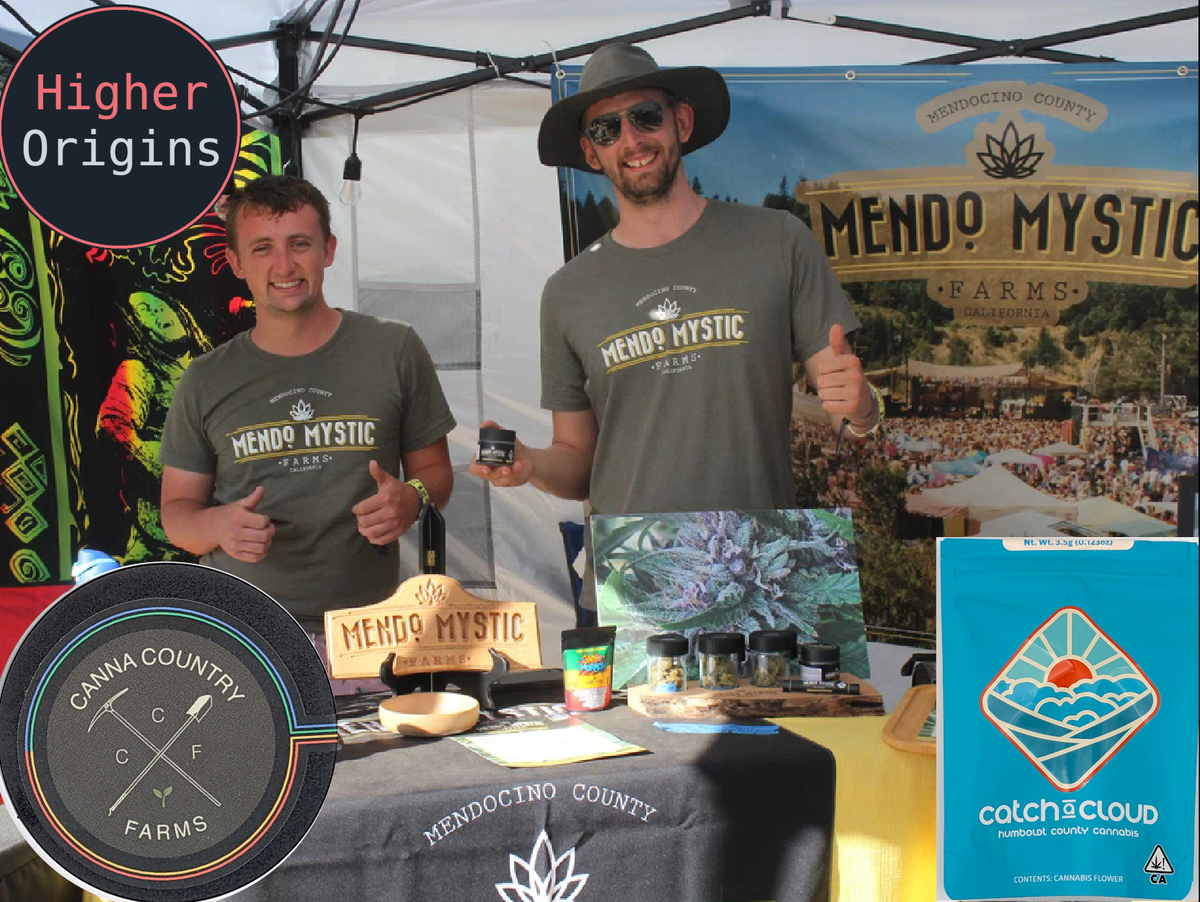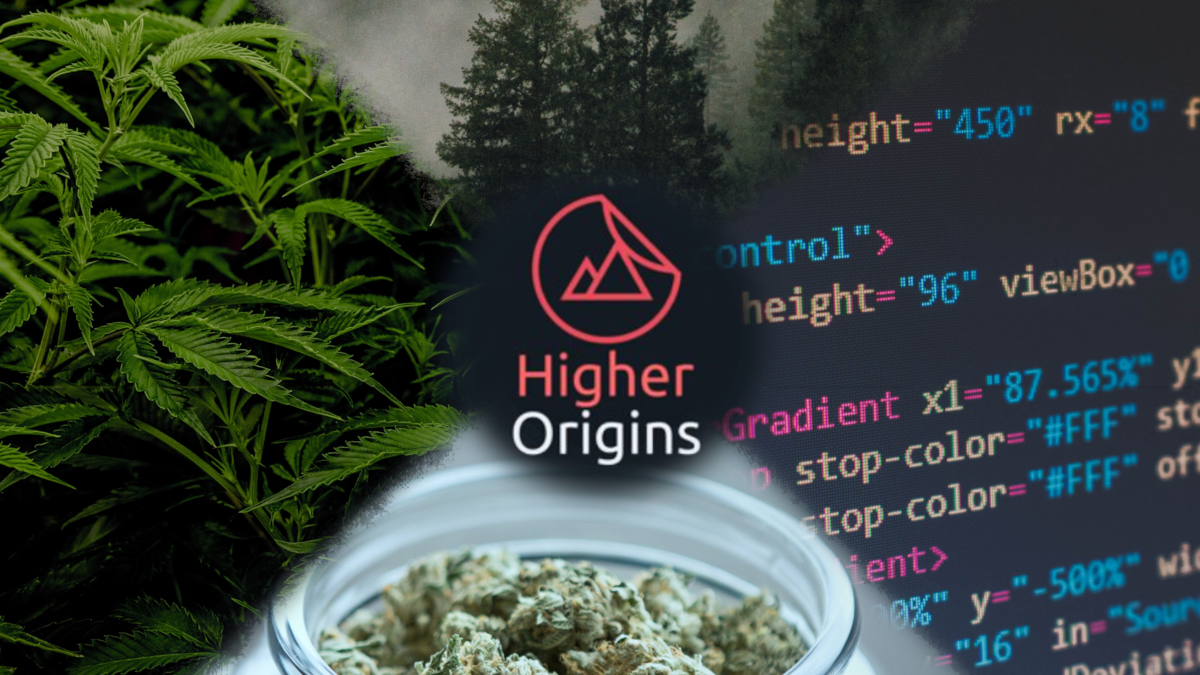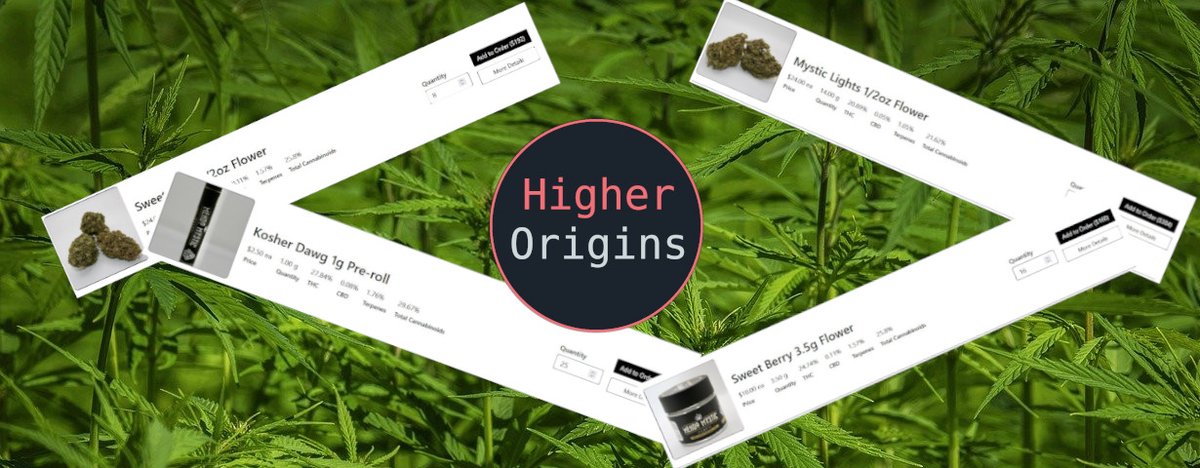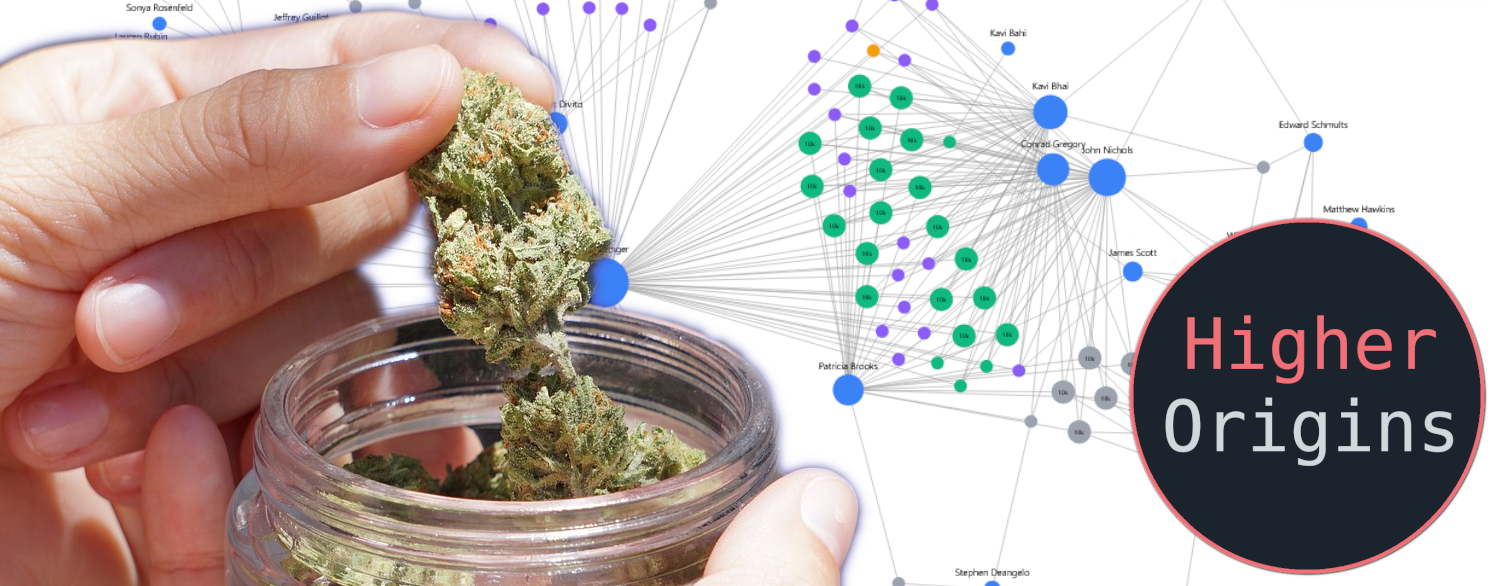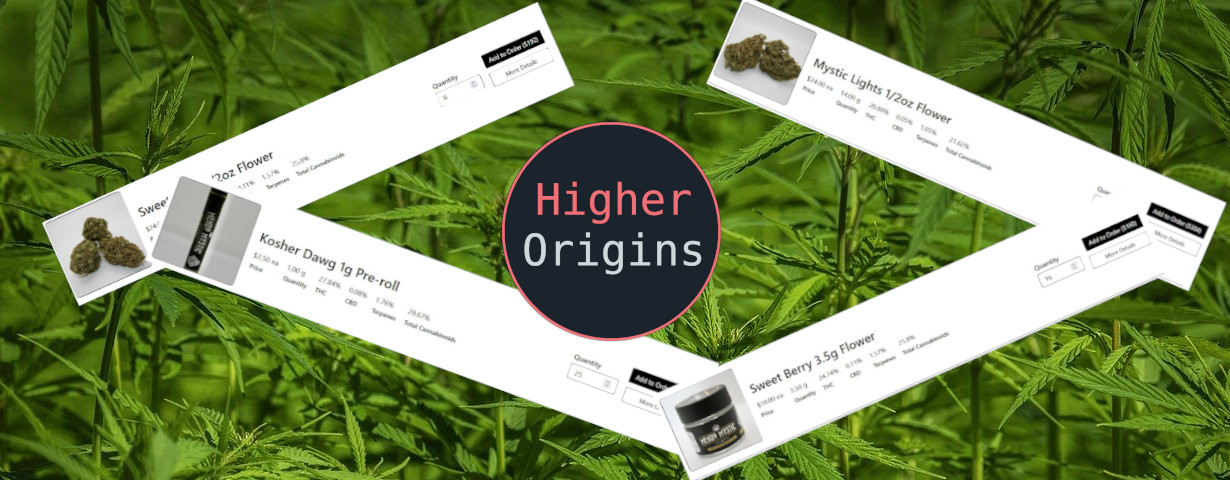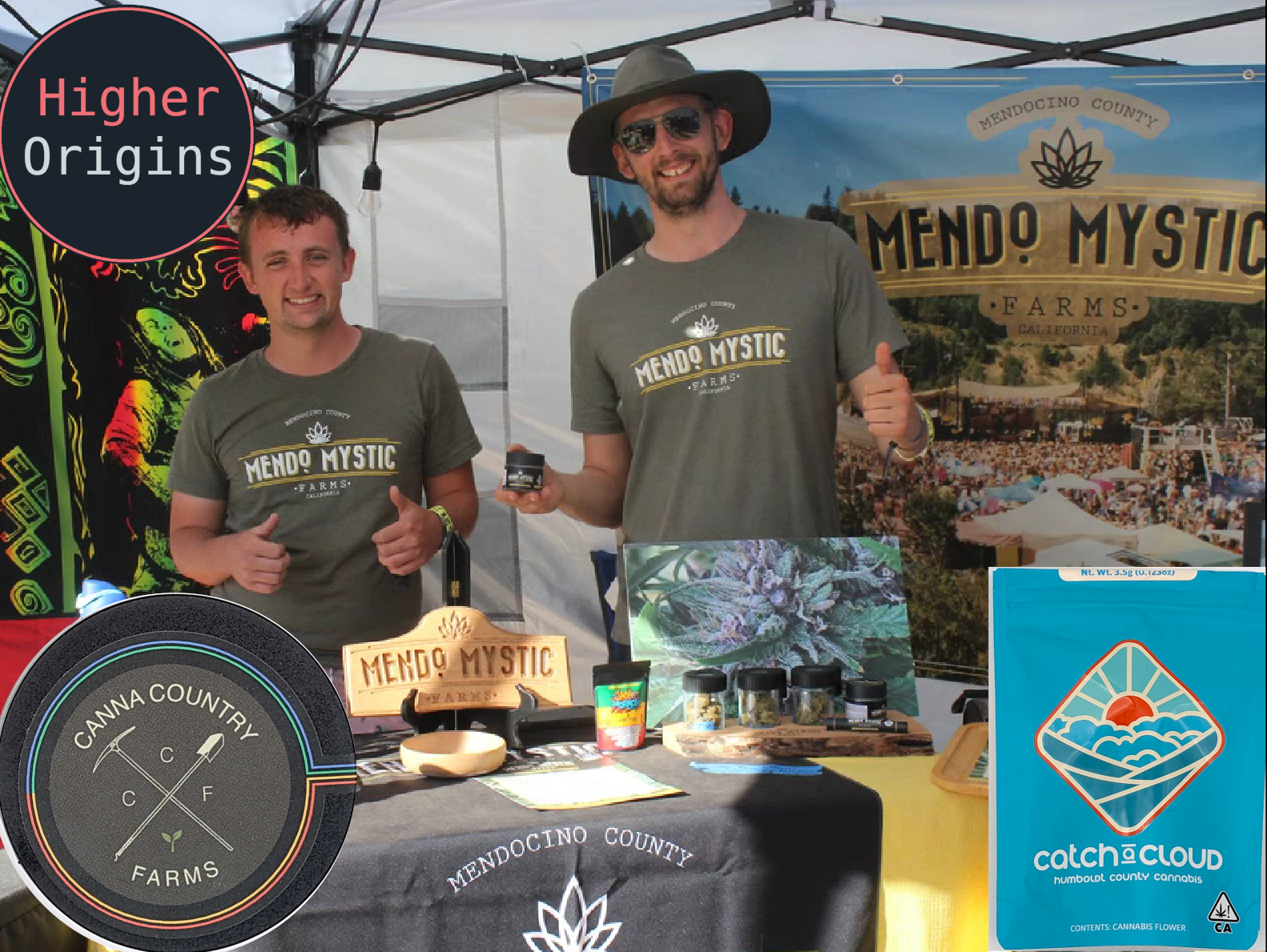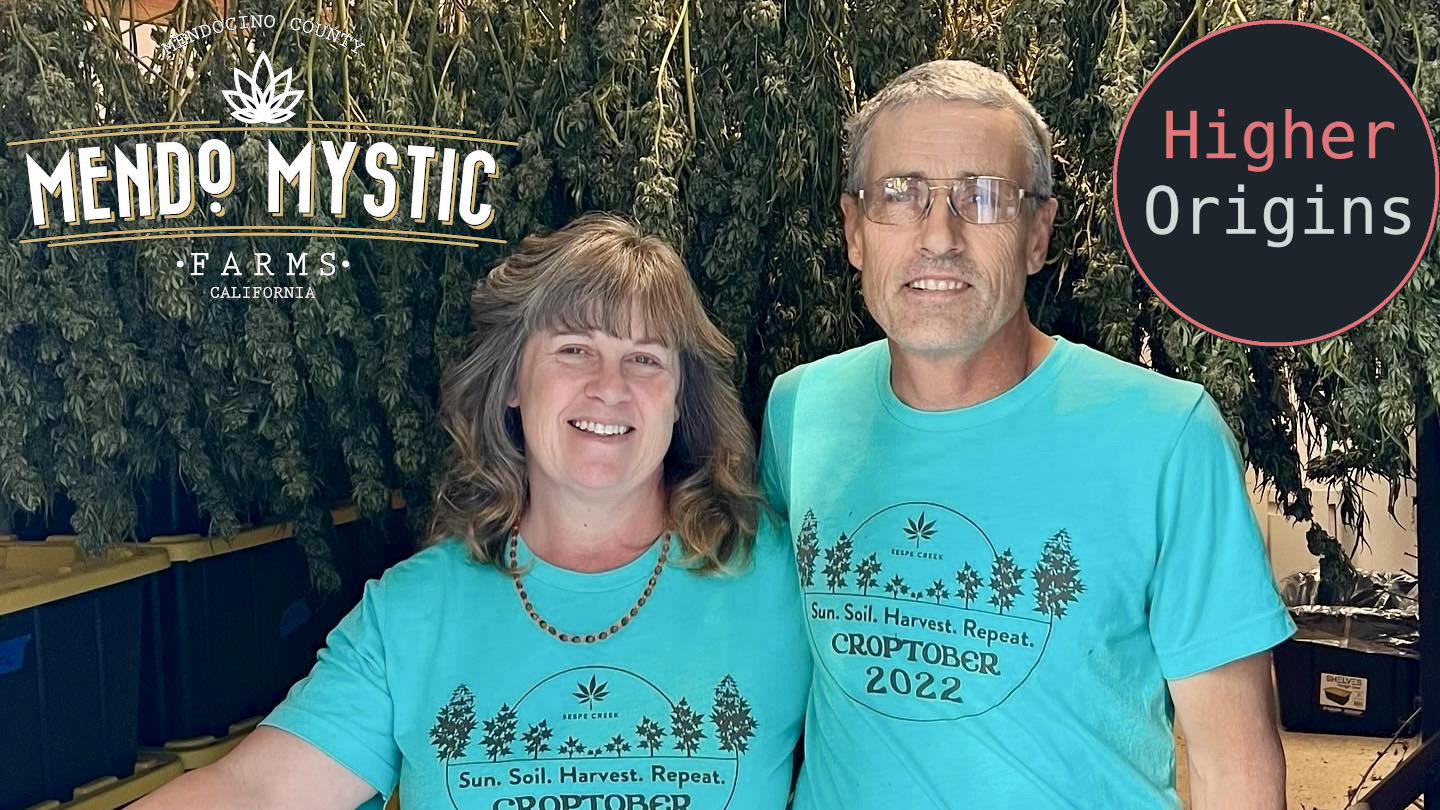This is the third and final installment of our series Ideal Cannabis Economics, in which we envision ways that the current mess of California’s cannabis supply chain can be reworked to more effectively serve the small farms that we work with. Be sure to check out part one on farms and genetics, and part two about distribution. Now, let’s take a look at the retail sector.
Before Legalization
Cannabis retail as we know it didn't really exist before legalization. The predecessors to today’s retailers were medical collectives that operated under Prop 215 or in legal gray areas to serve patients. These ranged from pharmacy-like settings with a strong medical approach, to casual spots that operated loosely with more focus on freeing the herb than specifically treating ailments. For the vast majority of people, buying cannabis happened through friends and dealers, as a fairly casual arrangement. Prices fluctuated due to friend rates, product quality, scarcity, region, and countless other factors. Quality was highly variable, with most people being sure theirs was the best. With no way to verify source, cleanliness, concentration, or age, everything was largely based on trust and reputation. Packaging was usually in plastic bags and mason jars, with unique or identifiable packaging largely avoided for reasons of maintaining a low legal profile. Consumer education was often through word of mouth, or the few media outlets that talked about cannabis. In the early days, nobody was concerned whatsoever with THC percentage or terpenes, since there was no popular knowledge of these scientific terms. Over time, as TCH gained notoriety through media, medical cannabis, and law, more people gained interest in the concentration of their cannabis, which led to the urban myth that higher THC= better weed.
Legalization Changes
With legalization, the concept of Cannabis Retail was thrust into the spotlight. All the issues that other industries had to worry about when it came to stores: product mix, inventory, marketing, location, staffing, etc, were suddenly front and center. Unlike normal retail however, cannabis retail had additional challenges in the way of overregulation, fees, and financial limitations. Instead of just having your homie swing by the house with an 8th bag like back in the day, people now needed to go through delivery services, and pay additional fees. Due to packaging laws, consumers weren’t allowed to smell the product. Banking restrictions meant that all transactions had to be in cash. Instead of just buying from their friend up the mountain like before, retailers were now required to buy from operationally opaque distributors, losing their connection to the actual grower of their products. On top of this, they were now required to track inventory through government software, background check their staff, and charge their customers large taxes on top of the purchase price.
Status Quo
Currently, the retail landscape is a minefield. Stores are opening and closing left and right, and many have left significant bills unpaid, spreading financial contagion up the supply chain to distros and farmers. Naturally, the State does nothing to assist in enforcing these breached financial contracts, and unpaid AR is everywhere. Taxation and local fees on retailers are running out of control, with both municipalities and the State having clearly signaled their intention to treat cannabis retailers like second class corporate citizens. Unlicensed retailers are thriving, offering consumers often the same exact legally-produced products, or comparable imitations, for a fraction of the price. Naturally, enforcement against unlicensed retailers is as ineffective as it always has been. Getting product on to dispensary shelves is a mess, with some charging for shelf space regardless of sales, and buyers often impossible to reach. Budtenders are trying their best, however a large number of retail managers default to heavy discounting to drive sales, and advertising THC content as a main selling point. It is an exceedingly rare experience to be able to walk into a retailer and be able to learn who grew a specific product. Large VC-backed brands control a majority of the shelf space, selling concentrates of unknown origin and factory farmed flower, some of which lean into a false small farm image through the use of terms like “craft” and “legacy”. There are some retailers that stand out for ensuring that actual small farms get to shelves, however they suffer from the same unstable supply chains that the farms do- it’s hard to get their products consistently at a good price, since distributors often don’t prioritize smaller accounts.
The Higher Origins Retail Economic Model
Financial and Business: The main factor that a retailer needs to prioritize business wise is sustainable growth. A retailer should only expand as needed, and tend towards a small-is-better approach. If anything is to be learned from the current retail chaos, slow and profitable wins every time. Start in a smaller retail location and prioritize parking, maintain a lean inventory, focus on FIFO, don’t rely on discounts to sell, hire a real accountant and tax consultant, invest in beefy security and good curb appeal, properly project your costs/revenue so you can pay brands and farms on time, get involved in your community, pay your employees a living wage, and don’t sign investment deals with short payoff periods. Keep your business boring and focus on the fundamentals of cash flow.
Supply Chain Transparency: Every retailer should make a conscious and committed effort to transparency in all the products they sell. The Who, What, Where, When, and How of each product should be known, and easily communicated to customers. Accurate, relevant, and helpful information available on demand is what educates consumers and shapes markets. This transparency also allows retailers to make informed decisions. Are they buying products that are old? Is 90% of the product on their shelves outdoor from Santa Barbara? Is the brand on their shelf labeled as “Craft” actually just white labeled megafarm weed from last season? Are they actually selling 20 different strains with different names that all have the same general terpene profile? Questions like this, when answered, help small farms become seen in the market- if a product is doing well on shelves and it was grown in a small farm, that creates demand for that farmer’s product- not just the brand of the company that packaged it.
Freshness: While this falls under transparency, it deserves its own point. The current regulatory framework allows products that are up to several years old to be sold, if it waited on different shelves along the supply chain for long enough. Cannabis has an expiration date, and a top shelf strain will smoke like garbage boof given enough time. Transparency of harvest date is key data that consumers and retailers need to know to understand if they’re actually getting what is advertised with a product. The fresher the weed on a store’s shelves, the happier the customer will be. Likewise, fresher weed at retail means that the farmer is likely getting paid in a more timely manner.
Differentiation Through Category and Quality: Heavily scientific approaches towards consumer education and product differentiation often fall flat- chemotypes, aka terpene profiles, are complicated and full of hard to pronounce chemical names and dubious effects. Good info for nerds like us and scientists, but not great for your average person just trying to pick up an 8th. Brands and farms should find different ways to differentiate themselves and define their product, such as region, cure style, grow style, flavor/smell, and history. This information may seem basic, yet there is still a shocking lack of information available on most products out there.
Connection With Farms: Retailers should be able to pick up the phone and call the person who grew the weed on their shelves, and farmers should be able to call them back. Farm-to-table and farm-to-grocery is all the rage in the food industry, why not in the weed industry? Having farms actively participating in the retail process allows them to work with retailers to tailor their products to consumer demand, and allows retailers to be more informed on the availability of premium and rare products. Finally, bringing the farmer into the actual retail space is an excellent way to promote both businesses and create a connection to customers.
QR Codes and Informative Displays/materials: A QR code on packaging, an informative sign on a dispensary display, or a take-home stack of postcards in a dispensary can really help bridge the gap between a consumer and a farmer. With packaging label space already at a premium due to State warnings, there’s no longer any space left to properly tell the story of a product. Customer- and budtender- education is critical to small brand success, especially since they can’t always afford to compete on price against heavily discounted or comped megafarmed cannabis.
Software: As with our previous models, good software is key to success. Retailers should use good accounting software that’s visible to everyone in the company above budtender, not just the external accountant. To manage orders, transfers, and compliance, a decent METRC integrator is a worthwhile investment. Communication with business partners and farms can be facilitated through a good CRM. Finally, as mentioned earlier, product information and supply chain transparency is key, and software can put this information in front of the right people at the right time.
Outcome
Retailers that prioritize an information driven sustainable growth model and emphasize transparent and collaborative relationships with their customers and suppliers will have an edge in a hectic market. Customers will be able to walk into a retailer, see a product, and ask who grew it, when, where, how, and what differentiates it from the other products- and receive an answer that will help them inform their decision and build their palate. By insisting in transparency in their supply chains, retailers will be able to ensure that their products are fresh and actually representative of what the label says. Closer relationships between retail and farmers will allow more accurate sales, more reliable supply, and for farmers to receive direct feedback from consumers, allowing them to more effectively tune their products to the market- and bringing more customers to those retailers they work with. Consumers will gain access to fresher cannabis, allowing them to correctly appreciate what products have to offer. Through QR-codes and take-home material, consumers will be able to extend their understanding of the product beyond their interaction inside the store, keeping the specifics of that product front of mind for longer and influencing their future purchases. Finally, well integrated software allows increased reliability throughout the retail business model, ensuring that all employees understand the financial state of the business, the store’s supply chain is clearly visible, and relationships with suppliers are not neglected.
How This Works With Previous models:
In previous models for Farms and Distros, we emphasized a leaner, connection-driven approach that allows farmers to differentiate themselves and distros to develop a stable logistics model. The network and software-backed approach in those models extends down the supply chain to retail. Effective logistics from distros that are operating transparently and not prioritizing mark-up arbitrage means that retailers get more reliable access at more reasonable prices to a wider variety of products. More tightly networked and regionalized industries mean that it’s easier for retailers to reach farmers selling interesting products, whether that’s through word of mouth or through online B2B marketplaces (shameless plug: like Higher Origins.) While this market will support stable and responsible retail, it will also strongly reject those retailers that are unstable. A strong preference for COD among farms and distros will exclude those retailers who have been unable to establish a financially stable business. If a retailer doesn’t pay, they’re losing more than just one brand they burned a bridge with, they’re losing that brand’s whole extended network of farms, distros, and genetics. Likewise, this model also enforces upstream, by leaving behind distros and brands that refuse to operate transparently regarding the age, source, and processes that went into their products.
Obstacles
Naturally, it’s hard to restructure a retail business when the industry is basically on fire. Financial limitations will prevent many struggling retailers to meet the standards of this model. Many retailers have grown too fast, and scaling back may be out of their budget, or they (or their investors) may not want to admit failure. Transparency is hard when a business is in crises, and retailers in survival mode may be reasonably afraid to admit that all their weed is old and stale, that they have no idea where it was grown, or that they can’t really afford to properly manage their inventory payables. Likewise, those retailers that are surviving may not feel comfortable changing their model because it may cut into their thin margins. From up the chain, distros and brands desperate to get their weed to market may not feel they are in a position to bargain or set boundaries with retailers.
Conclusion
We want to thank you for sticking with us throughout this series. We’ve gotten fantastic feedback on it from our community, and we greatly appreciate that. With this final installment, we’ve wrapped it up by showing how retailers can benefit from a closer connection to their suppliers through a transparent and collaborative supply chain. While we understand that all of this is somewhat theoretical and may be impossible for market players to enact in the middle of all this chaos, we hope that we’ve given everyone food for thought about ways they can help build a transparent and collaborative supply chain that benefits everyone and brings equitable market access to small farms.
Thanks for reading, and remember: transparency and collaboration are key in a crisis!
-The Higher Origins Team
